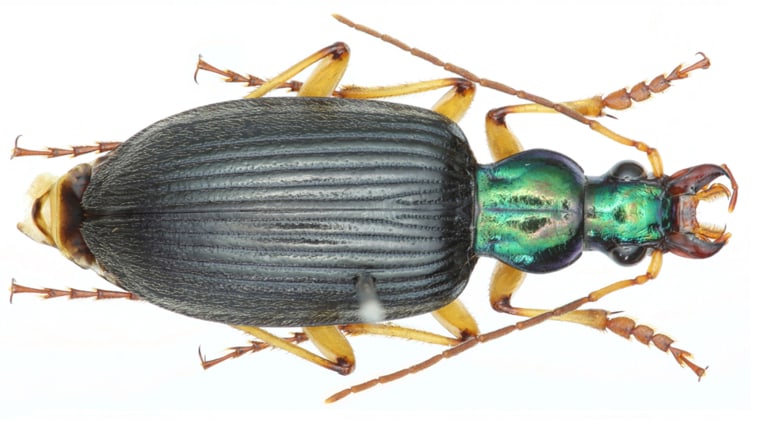
Scientists are tallying up scores, or even hundreds, of newfound species — but they're also musing on how many species will be lost before they're found.
This year's count from the California Academy of Sciences demonstrates that the pace of discovery is, if anything, increasing: Researchers associated with the academy added 140 species to the big biological list, and a 42-day expedition to the Philippines could eventually add hundreds more.
Among the highlights are four new species of deep-sea sharks, six completely new genera of African goblin spiders, three new genera of barnacles and 31 new sea-slug species. This year's tally of 140 compares favorably with the count of 110 species that were added during 2010.
Here are some of my favorite pictures from the Academy's gallery of the latest finds:
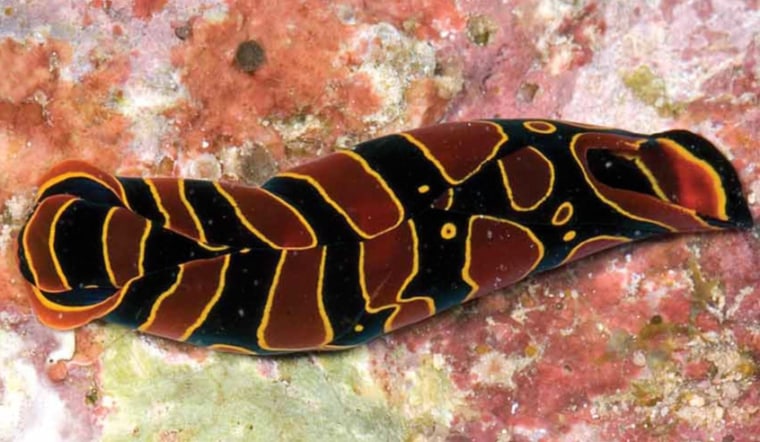
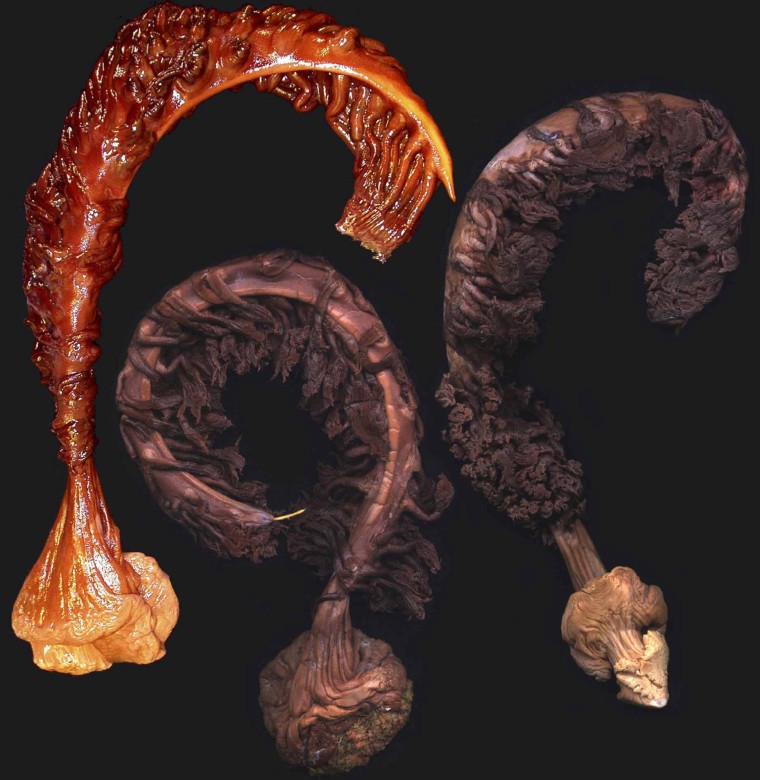
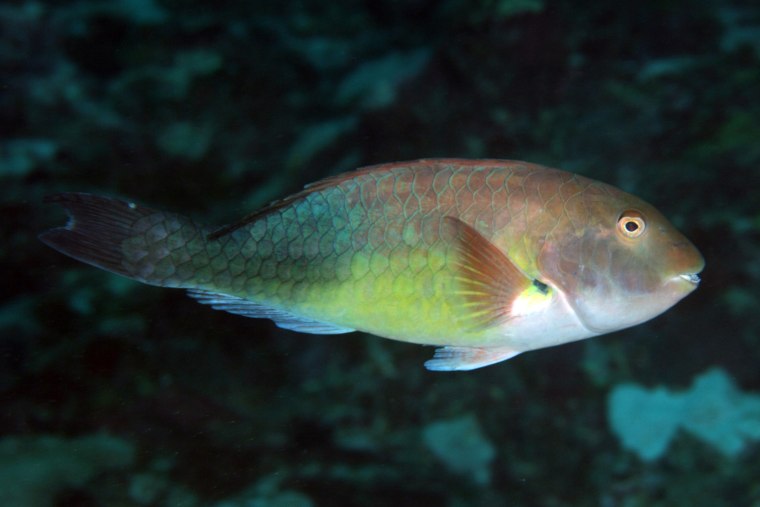
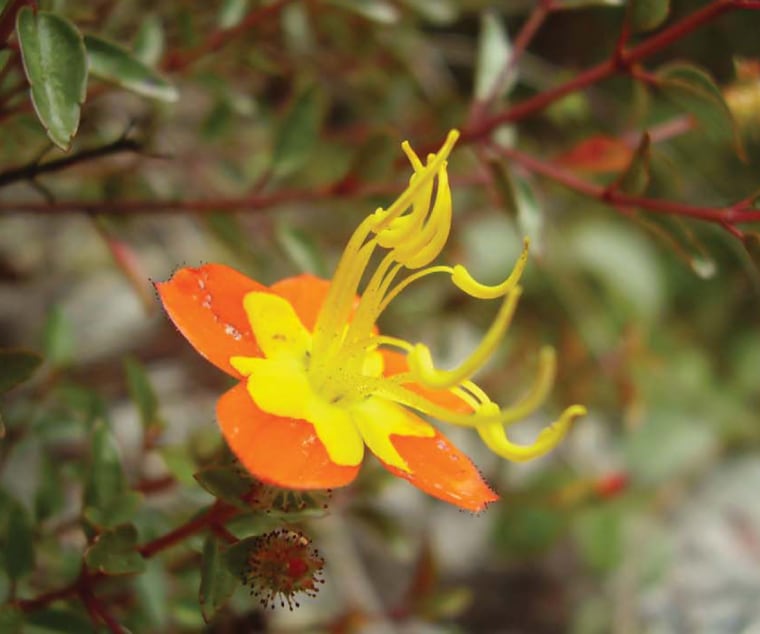

The folks at the California Academy of Sciences aren't the only ones taking stock of new species. Earlier this week, the WWF conservation group noted that 208 newly described species, including a "psychedelic gecko," were recorded in Southeast Asia's Mekong River region during 2010. Australian researchers say they've found more than 1,000 new species in the country's Outback, and they estimate another 3,500 are waiting to be discovered beneath the arid topsoil. They say thousands more species of small animals are probably still undiscovered in Africa and South America.
"If you start multiplying this on a global basis, there's likely to be massive diversity that will be uncovered in coming decades," Andy Austin, a biologist at the Australian Center for Evolutionary Biology and Biodiversity at the University of Adelaide, is quoted as saying.
But if all that biodiversity is just waiting to be discovered, why do we hear all this talk about a modern extinction crisis? It's because hundreds or thousands of other species are passing into oblivion every year. That was the point behind the WWF's survey of the Mekong Delta.
"While the 2010 discoveries are new to science, many are already destined for the dinner table, struggling to survive in shrinking habitats and at risk of extinction," Stuart Chapman, conservation director of WWF Greater Mekong, said in a news release. Vietnam's Javan rhino population is among the latest to bite the dust.
Another just-released study puts the issue in terms that a 6-year-old could understand: One out of every six species related to the characters in the movie "Finding Nemo" is facing extinction, according to researchers at Simon Fraser University and the International Union for the Conservation of Nature. Among the most threatened are the real-life kin of Squirt and Crush the marine turtles, Anchor the hammer head shark and Sheldon the seahorse.
"It's unthinkable that the characters in 'Finding Nemo' could become extinct, but this is the reality unless we pay more attention to the diversity of marine life," SFU's Loren McClenachan, the study's lead author, said in a news release. The report is due to be published in the journal Conservation Biology.
Are all these concerns leading you to lose your appetite for shark-fin soup and rhino-horn concoctions? Feel free to weigh in below with your comments on the campaign to find species and keep them from being lost.
More species lost and found:
- New bee or not new bee? That is the question
- 'Lost' rainbow toad rediscovered
- Froggy finds raise hopes for Haiti
- Three new frogs leap into spotlight
- Amphibians wanted ... alive
- The Amazon's amazing species
- Biological gems found in Philippines
- Madagascar offers hundreds of new species
- Scientists spot biological beauties in Bali
- RAP stars rock the animal world
- Scientists finish first sea census
- Deep-sea creatures of the Coral Sea
- The top 10 new species from 2010
- Beautiful biodiversity in Brazil
- New Guinea's 'Lost World' revisited
- Indonesia's 'Garden of Eden'
- Papua New Guinea's new species
- Marine marvels from Papua New Guinea
- Biological treasures from Borneo
- Celebrities of the Celebes Sea
- 12 froggy finds from India
- Fantastic frogs from Colombia
- Aliens lurk in Antarctic depths
- The strange species of Suriname
- Vulnerable new species in Brazil
- Discoveries from Vietnam's 'Green Corridor'
- Endangered species of the Mekong Delta
- New species from Australia's coral reefs
- Thousands of new species in ocean's depths
- Hundreds of new species amid the Himalayas
- New species found Down Under ... underground
- Eight 'extinct' species found alive and kicking
Connect with the Cosmic Log community by "liking" the log's Facebook page or following @b0yle on Twitter. You can also add me to your Google+ circle, and check out "The Case for Pluto," my book about the controversial dwarf planet and the search for new worlds.